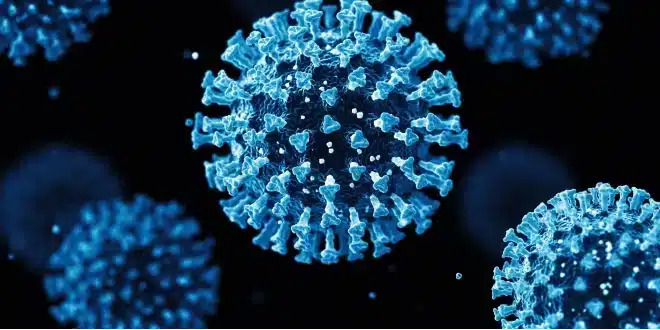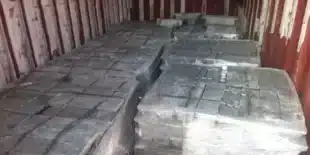A new cluster of COVID-19 variants, named ‘FLiRT’, is emerging in the US, derived from the JN.1 lineage of the Omicron variant, which previously surged at the start of the year. These FLiRT variants, which include KP.2, are marked by mutations identified by the letters F, L, R, and T in their genetic codes. According to the latest data from the US Centers for Disease Control and Prevention (CDC), the KP.2 variant has been found in approximately 25% of the newly sequenced cases in the last half of April, indicating a growing presence, though other variants like KP.1.1 from the FLiRT family have not shown similar spread.
While it’s still early to predict the full impact of these variants, researchers, including Dr. Eric Topol of Scripps Research, suggest that although there is a potential for an increase in cases, a major outbreak is unlikely. Topol refers to any possible increase as a “wavelet,” partly because those recently infected with JN.1 may have residual immunity that offers some protection against these new variants. Additionally, he notes that these variants have not mutated significantly enough to markedly differ from earlier strains.
A study from Japan, awaiting peer review, suggests that KP.2 may be less infectious than its predecessor JN.1. Despite this, preliminary studies from Japan and China indicate that the FLiRT variants could more effectively evade immune protection provided by vaccines compared to JN.1.
This comes at a time when the protection from recent booster vaccinations, administered last fall, is beginning to wane. The World Health Organization has advised that future vaccines should be based on the JN.1 lineage to stay ahead of the evolving virus. Currently, the most recent booster targets the older XBB.1.5 strain.
Public health recommendations remain consistent despite the emergence of new variants: vaccination is encouraged to prevent severe outcomes related to COVID-19, and additional precautions such as testing before large gatherings, staying home when sick, and considering mask usage in public spaces are advised to mitigate the spread of the virus.


